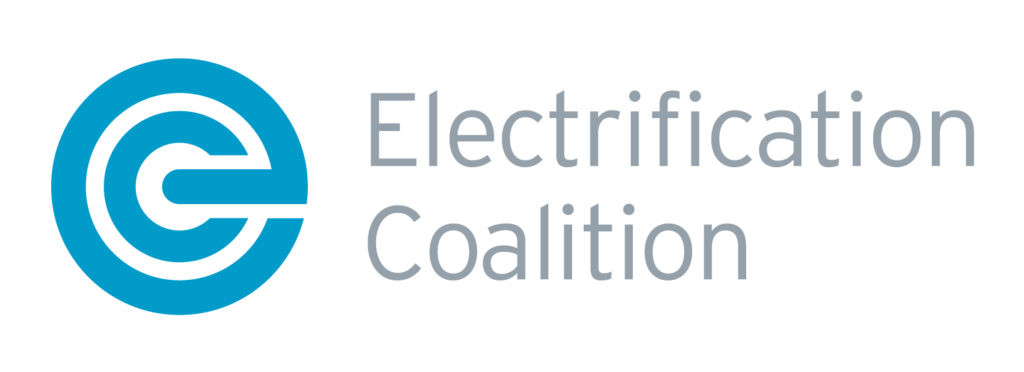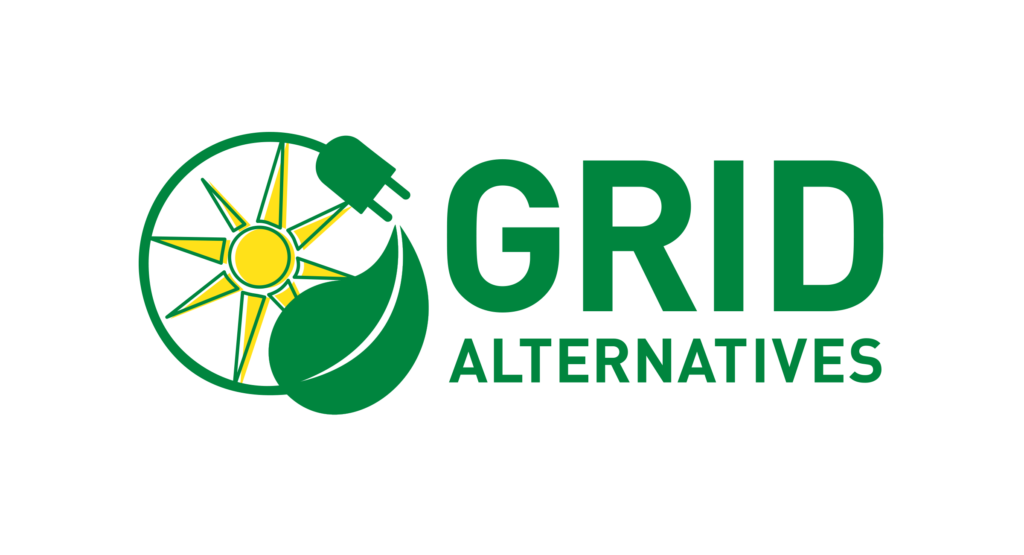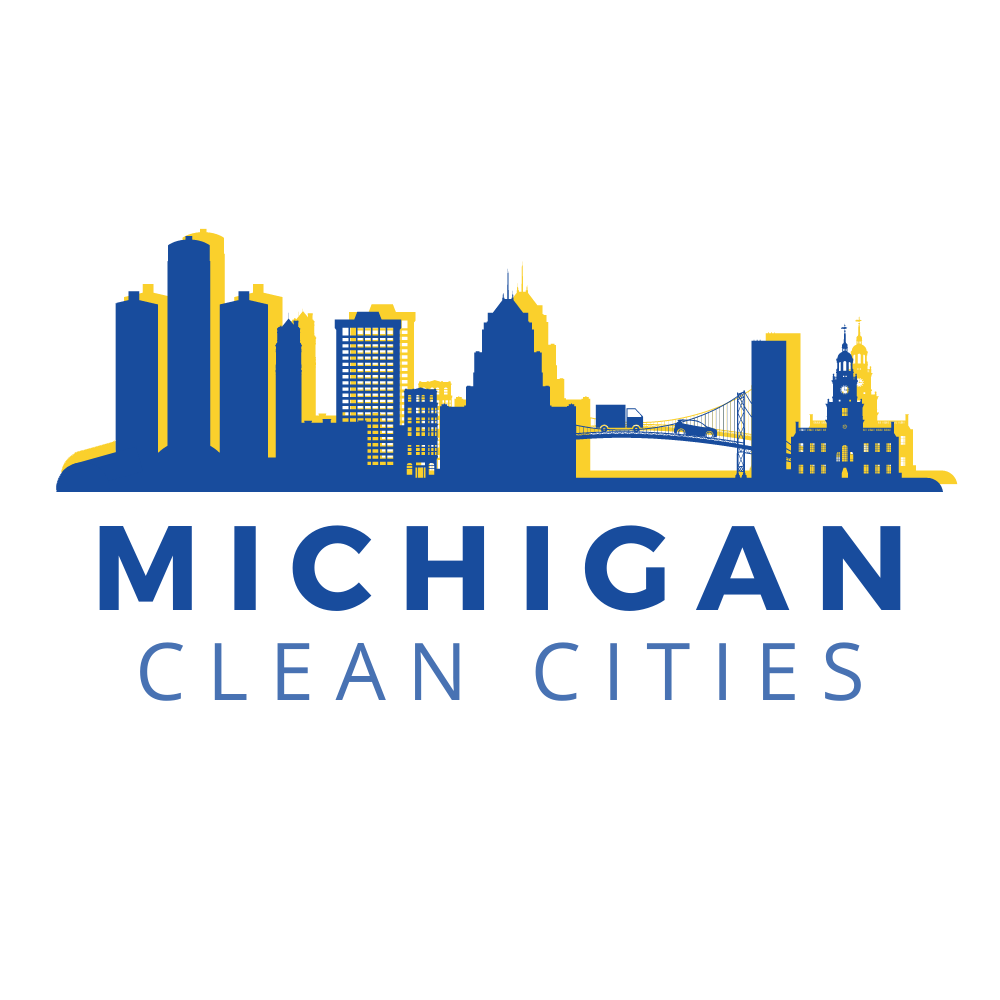About
The Charge at Home project provides tools and resources to advance the adoption of electric vehicle (EV) charging at multifamily housing properties. Charge at Home aims to streamline EV charging planning and installation processes for the multifamily housing industry through education, resource sharing and support.
Project Partners
The Charge at Home project is possible thanks to the collaboration of nationwide partners. Partners include the US Department of Energy’s Vehicle Technologies Office, Forth (project Prime), Energetics, Electrification Coalition, CALSTART, GRID Alternatives, National Multifamily Housing Council, Virginia Clean Cities, Clean Communities of Central New York, Drive Clean Indiana, Michigan Clean Cities and the Community Climate Collaborative.
Project Acknowledgments
The Charge at Home project is a continuation of work led by the Center for Sustainable Energy funded by the US Department of Energy. This project would not be possible without their significant contributions to creating and disseminating educational EV charging infrastructure resources.
Center for Sustainable Energy Partners: US Department of Energy, Center for Sustainable Energy, Energetics, Forth, Idaho National Laboratory, Chicago Area Clean Cities, Clean Communities of Central NY, Columbia-Willamette Clean Cities, Greater Washington Region Clean Cities, South Shore Clean Cities, Tulsa Clean Cities, Virginia Clean Cities, Western Washington Clean Cities, Wisconsin Clean Cities, National Association of State Energy Officials, Snohomish County Public Utility District, ComEd, GIV Group, Salt Lake City, City of Los Angeles Bureau of Street Lighting, Liberty Plugins, Cyber Switching Solutions, Power Flex Systems, OpConnect, EVmatch, Bozzuto Group, The Seattle 2030 District, FreeWire, Puget Sound Energy, Generation180
Legal Disclaimer: This resource was prepared as an account of work sponsored by an agency of the United States Government. Neither the United States Government nor any agency thereof, nor any of their employees, makes any warranty, express or implied, or assumes any legal liability or responsibility for the accuracy, completeness, or usefulness of any information, apparatus, product, or process disclosed, or represents that its use would not infringe privately owned rights. Reference herein to any specific commercial product, process, or service by trade name, trademark, manufacturer, or otherwise does not necessarily constitute or imply its endorsement, recommendation, or favoring by the United States Government or any agency thereof. The views and opinions of authors expressed herein do not necessarily state or reflect those of the United States Government or any agency thereof.










